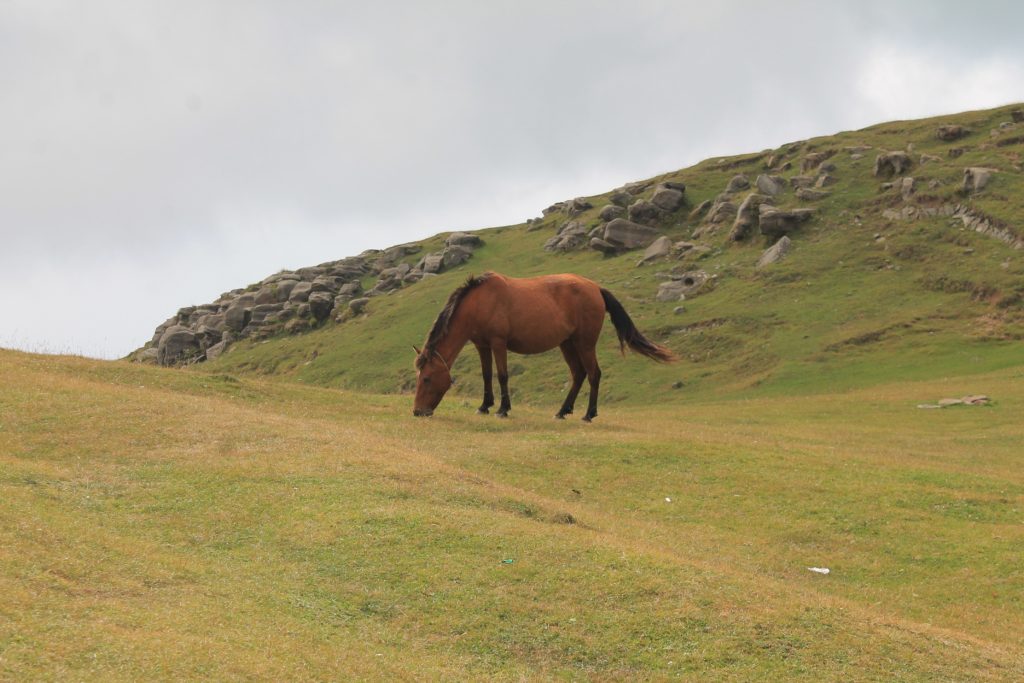When it comes to horses, one of the most popular breeds in the world would be the Arabian horse. You might not know, but the Arabian horse is one of the most commonly used breeds when it comes to horses that you see in the movies. From iconic shows like the Hidalgo or Cass Ole, the Arabian horse can be distinctively recognized by their outlook. Even Ronald Reagan favourite horse is the Arabian horse. Let us take a closer look into the Arabian horse breed as well as discussing the key features and statistics of this majestic horse.
History: The Arabian Horse Breed
In the past, horses are being regarded as a sign of prosperity, wealth, as well as prestige. Indeed, there are many past iconic historical figures that rode on an Arabian horse. From the all-conquering Genghis Khan, Alexander The Great, Napoleon to Ronald Reason, the Arabian horse is indeed the choice of many.
But the horse itself existed way before this. In fact, its lineage can be traced back more than thousands of years ago. Indeed, there has been discovered recently about the Neolithic rock art at Shuwaymis that pegged the existence of the Arabian horse to the early Neolithic period. That is a cool 10,000 years ago. The presence of the horses in that era has indicated that the Arabian horse has been reared and domesticated, particularly in the Middle East.
In fact, most of the Arabian horses you see these days originated from a very specific tribe from the Middle East. The tribe, called the Bedouin tribe, have a very specific way of breeding the horse. They are very particular and selective during the breeding process. For example, they do not allow cross-breeding, hence you can be assured that most of the Arabian horses these days are purebreds. The tribe managed to develop a few strains of the Arabian horses, and they are classified in accordance with their speed as well as their masculinity and femininity.
What is most interesting is that the tribe actually tracked the ancestry of each Arabian horse by oral tradition. It is only in recent written history (which by the way is at 1330AD) that the lineage is being written down. This goes to show that the strains of the Arabian horses are taken very seriously and hence there is a certain prestige that is commonly associated with the horse.
Unique Characteristics Of Arabian Horse
The Arabian horse can be easily recognized by some of the following characteristics that are unique to the breed.
- Chiseled head that is held by a long arching neck
- Dished face with a piercing gaze
- High tail carriage and floating gaits with a silky tail
- Muscular body that supports its frame while still allowing aggressive gallops
- Highly adaptable to all harsh conditions, which contributes to the horse’s endurance level
Due to their unique features, they are usually fearsome in battles and as such are commonly used as warhorses in the past. In recent years, they have evolved from being battle horses to competing in races. No prizes for guessing why the Arabian horses are being chosen as racehorses.
Key Stats
Here are some of the key stats of the Arabian horse.
- Weight: 800 to 1000 pounds
- Height: 57 to 61 inches
- Colour: Varies, but brown is the most common color
- Speed: Can run up to 40miles an hour
- Intelligence: One of the most intelligent breed for horses
- Bone structure: 23 Vertebrae (as compared to 24 for other horses)
List of Famous Arabian Horses
As a testament about the popularity of the Arabian horses, here is a list of some of the famous Arabian horses that you should know about.
Marwan Al Shaqab
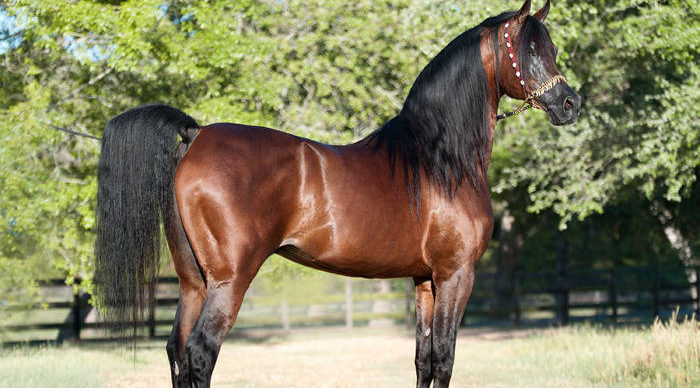 Looking at the name itself, you can easily guess that the owner of this horse is from someone in the Middle East. This majestic Arabian horse is owned by the Royal Stables in Qatar, which is famous for breeding some of the best horses that you can see. This horse is famous because it has own 3 world championships as well as winning the US national championship twice! It has also won the World Championships for 7 years consecutively.
Looking at the name itself, you can easily guess that the owner of this horse is from someone in the Middle East. This majestic Arabian horse is owned by the Royal Stables in Qatar, which is famous for breeding some of the best horses that you can see. This horse is famous because it has own 3 world championships as well as winning the US national championship twice! It has also won the World Championships for 7 years consecutively.
Muscat
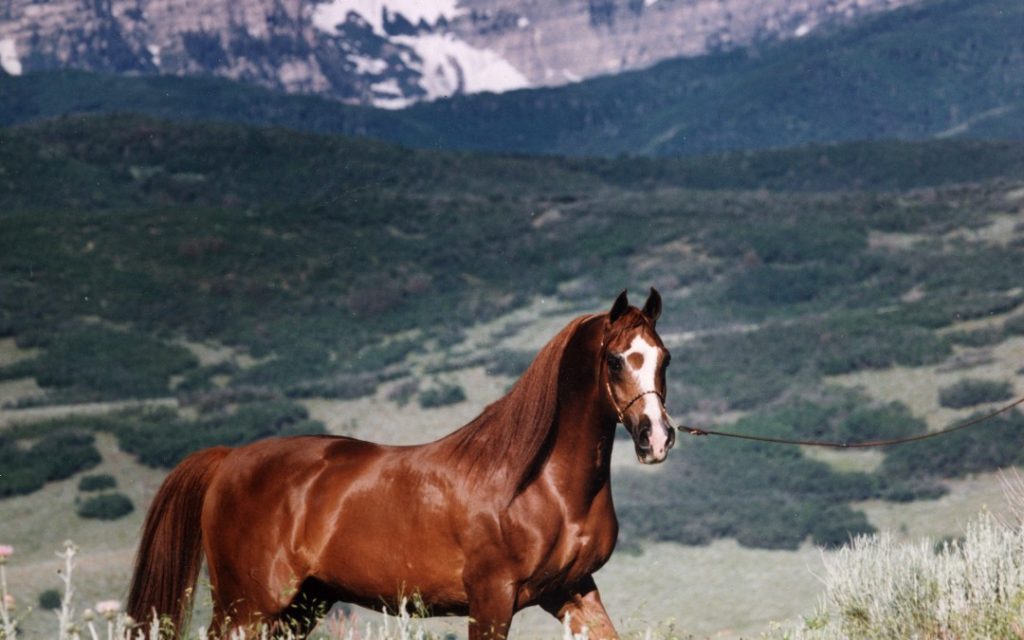
Muscat is a horse that has made waves in the arena due to its fast speed and intelligence. Indeed, it is the youngest horses ever that are being used for breeding in the Tersk Stud, which has been breeding purebred Arabian horses since 1945. Indeed, Muscat has produced more than 100 international champion horses in the 80s. Muscat was probably selected due to the athleticism and beauty of the breed, and this is further emphasized when Muscat on the Us national champion, Canadian national champion and the Scottsdale champion, all within the same year.
Khemosabi
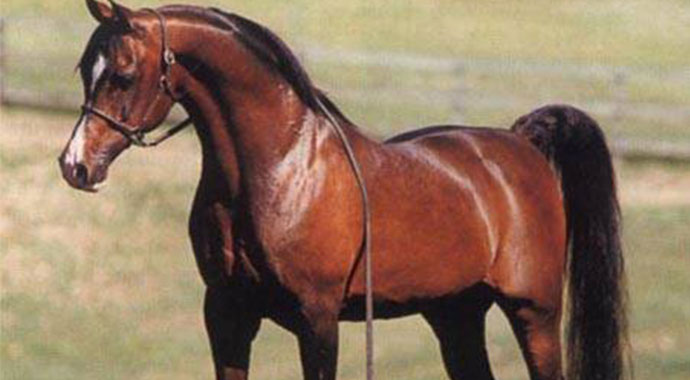 Notice that most Arabian horses are being reared as racehorses, right? There are also other Arabian horses that are being reared due to their elegance and beauty. For example, Khemsobi is being reared for showmanship competition. He particular stood out in the Western Pleasure show ring. One of its other achievements is that in the Arabian Horse Association, it was awarded the Legion of Masters certification, which is the highest honor given to Arabian horses in the USA. There are reportedly more than 1200 foals that are being fathered by Khemosabi.
Notice that most Arabian horses are being reared as racehorses, right? There are also other Arabian horses that are being reared due to their elegance and beauty. For example, Khemsobi is being reared for showmanship competition. He particular stood out in the Western Pleasure show ring. One of its other achievements is that in the Arabian Horse Association, it was awarded the Legion of Masters certification, which is the highest honor given to Arabian horses in the USA. There are reportedly more than 1200 foals that are being fathered by Khemosabi.
Godolphin Arabian
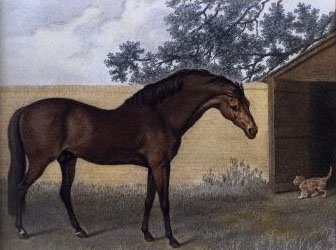
It is being said that Godolphin Arabian might just be the leading horse that has produced many of the famous Arabian horses that are in existence right now. The name is being immortalized by Marguerite Henry’s “King of the Wind”, though it is not a clear relation between fiction and non-fiction. The horse itself is born in Tunisia, and was given to Louis XV of France has a gift to develop relations in 1730. The myopic king did not fancy the horse, and he eventually gave it to the Earl of Godolphin, which is where it got its name from. Indeed, it is said that the horse has a lasting impact on the horses now, as the Godolphin Arabian strain can still be found in some of the modern champions. For example, the famous Seabiscuit and Man o’ War have the Godolphin Arabian strain.
Seabiscuit
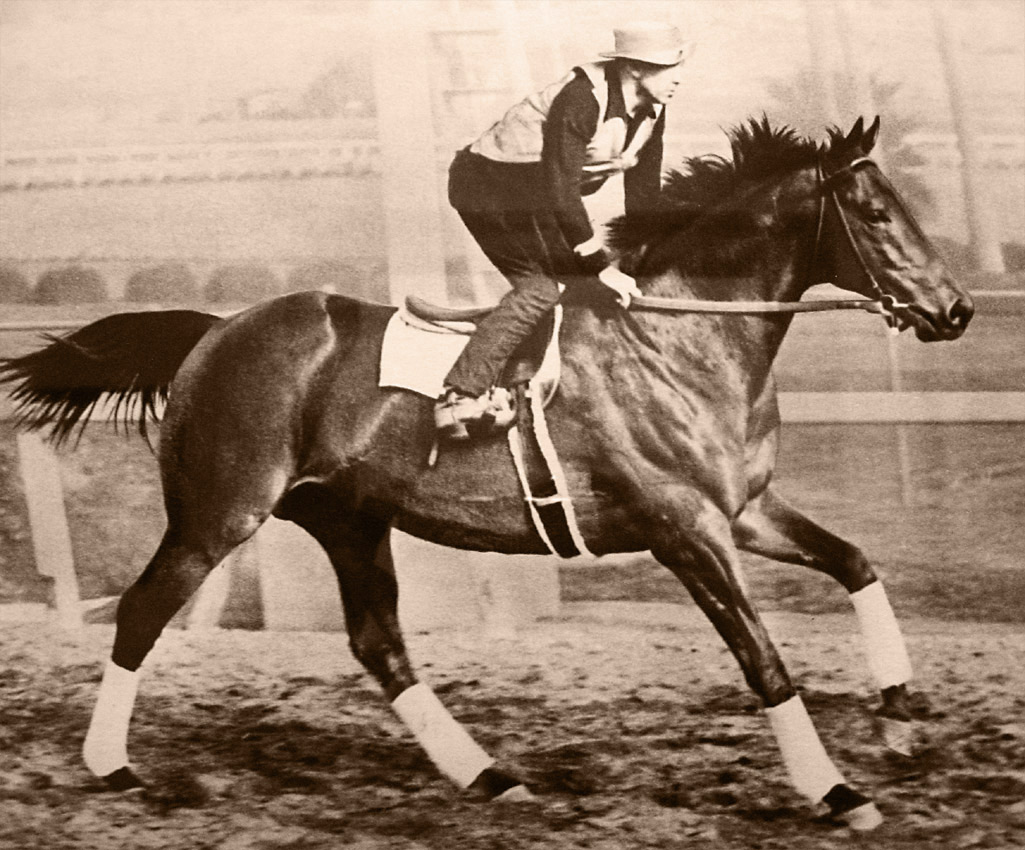 A direct descent of Godolphin Arabian, Seabiscuit has won the hearts of many in the USA back in the 1940s. A reason for his popularity coincides with the Great Depression. This is mainly because of Seabiscuit’s small size and its unlikely prospects of winning a race, whereby it eventually exceeded people’s expectation of it during races, hence bringing hope to people during the dark period. Indeed, there’s a film adaptation to Seabiscuit’s life, which was eventually nominated for an award.
A direct descent of Godolphin Arabian, Seabiscuit has won the hearts of many in the USA back in the 1940s. A reason for his popularity coincides with the Great Depression. This is mainly because of Seabiscuit’s small size and its unlikely prospects of winning a race, whereby it eventually exceeded people’s expectation of it during races, hence bringing hope to people during the dark period. Indeed, there’s a film adaptation to Seabiscuit’s life, which was eventually nominated for an award.
